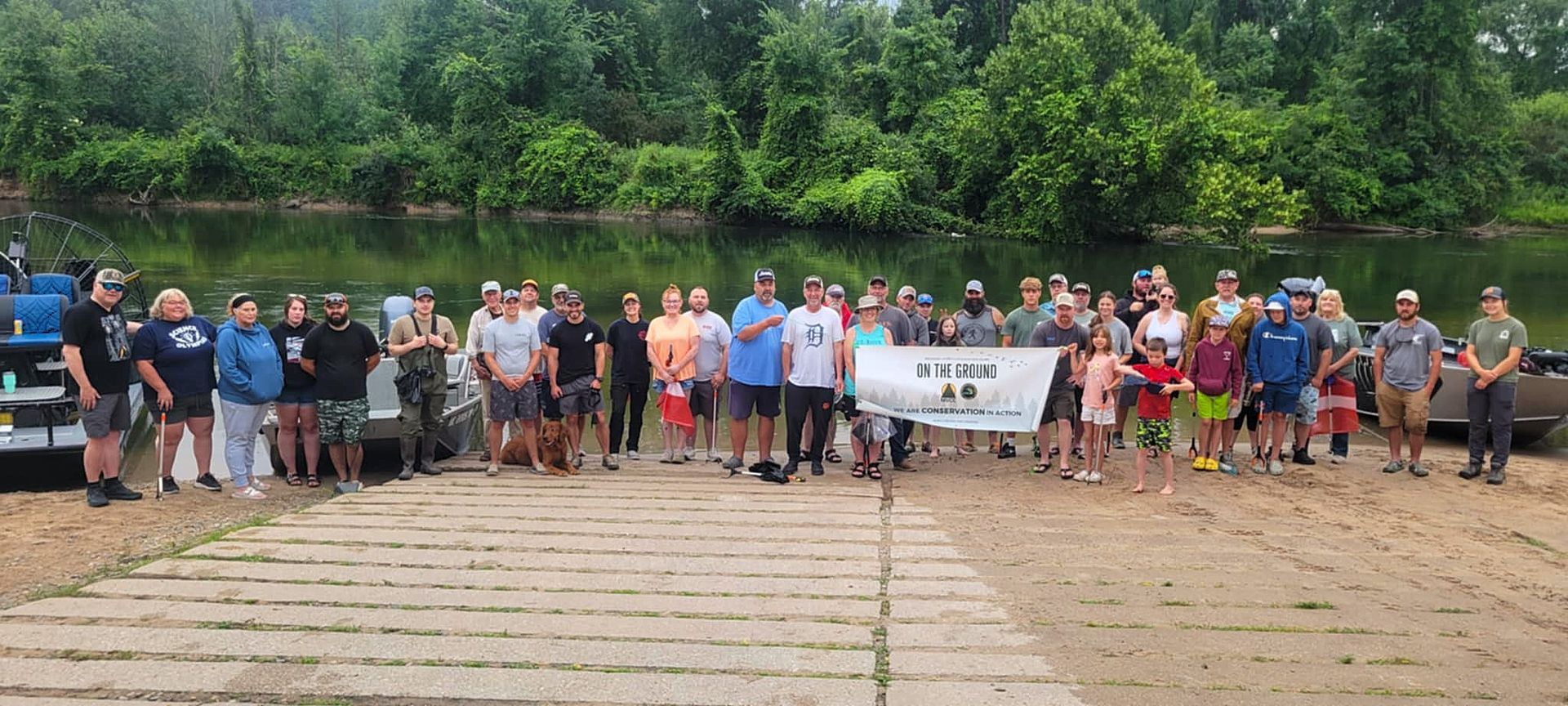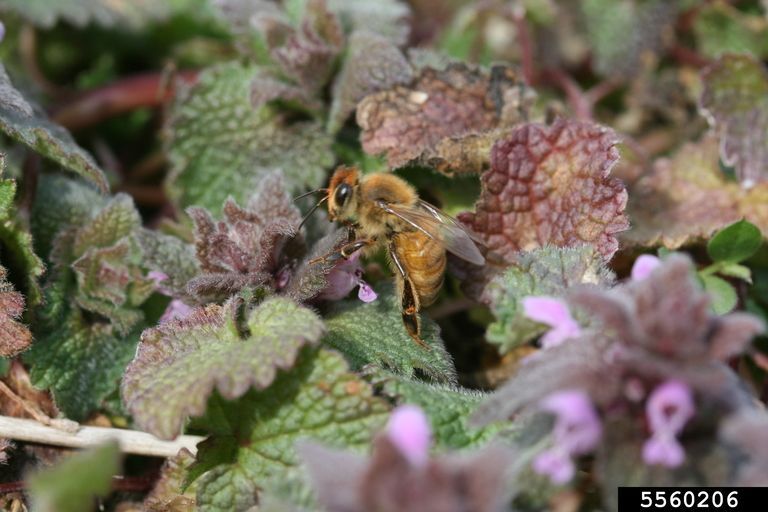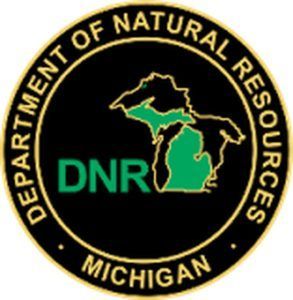The Value of Mast-Producing Trees
The OTG program is no stranger to planting trees. If you have joined us for one of our tree planting projects, you may have heard the term “mast-producing trees”. Mast-producing trees are favored for some projects, bringing up the questions: What are masting trees, and what are the benefits?
What is Mast-Producing Vegetation
Mast-producing plants are woody vegetation that supplies fruit to surrounding fauna. Previously used in agriculture to supply food for domestic animals. Today wildlife and forestry professions use the strategy to positively influence wildlife. Some examples of trees and shrubs used in a mast-tree planting are elderberry, highbush cranberry and crab apple, belonging to a group called soft-mast producers. Fruit on soft-mast producers is fleshy, high in sugar, high in moisture and perishable. Beech, hickory and oak trees are hard-mast producers. Their fruit is shelled, fatty, high in protein and shelf stable.
What are the Benefits of Planting Mast-Producing Trees
Overall, mast-producing trees support wildlife by providing food, shelter and sometimes moisture. The type of mast-producer influences animal populations in different ways. Fruit from a soft-mast producer is high in sugar and moisture, during periods of drought the fruit can act as a moisture source for wildlife. Comparatively, fruit from a hard mast-producer does not supply water but it is stable for longer and can be a food source during winter months. When the trees inevitably drop their leaves, the remaining plant can be used for shelter.
Use this tree planting technique in your backyard. For more information on mast-producing tree species and proper planting techniques, click HERE. If you would like to join a tree-planting event with MUCC’s OTG program, click HERE.
The post The Value of Mast-Producing Trees appeared first on Michigan United Conservation Clubs.
Recent Posts



